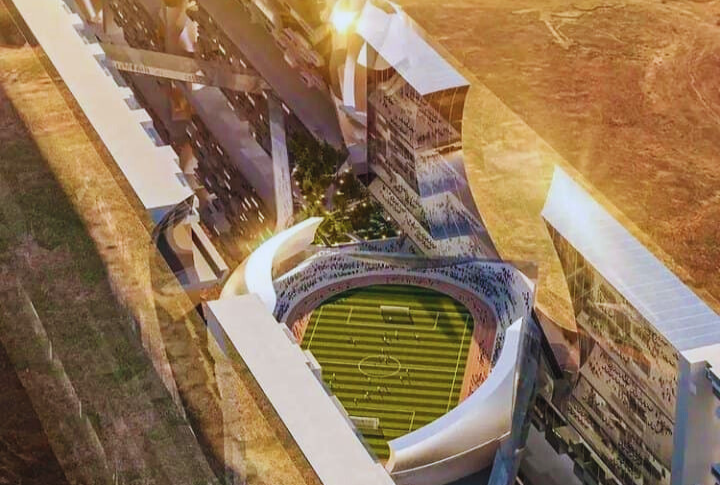
The countdown to the 2034 World Cup has officially begun with Saudi Arabia’s unveiling of 15 dazzling stadiums. These venues, each a blend of innovative design and local tradition, are set to host millions of fans from around the world.
Prince Mohammed bin Salman Stadium – Riyadh
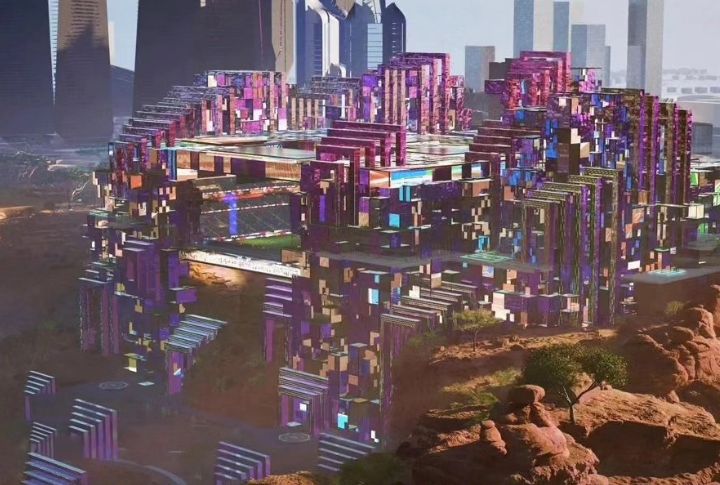
Riyadh’s Prince Mohammed bin Salman Stadium has a sleek, futuristic design featuring iridescent glass and LED screens. With an over 46,000-seat capacity, it isn’t just about watching the game; it’s about soaking in the views of the stunning Tuwaiq cliffs while being surrounded by the best technology.
ROSHN Stadium – Riyadh
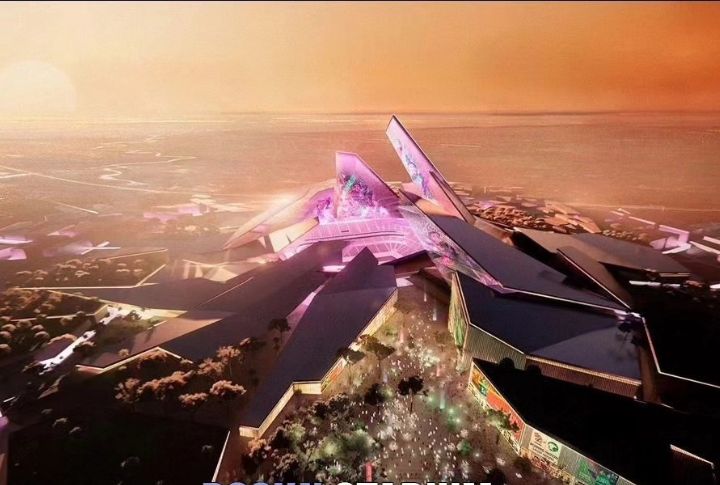
Attending a game here will be an experience like no other. Construction is set to begin in 2028, with the stadium predicted to open in 2032. After the 2034 World Cup, ROSHN Stadium will become the heart of a lively, walkable community.
South Riyadh Stadium – Riyadh
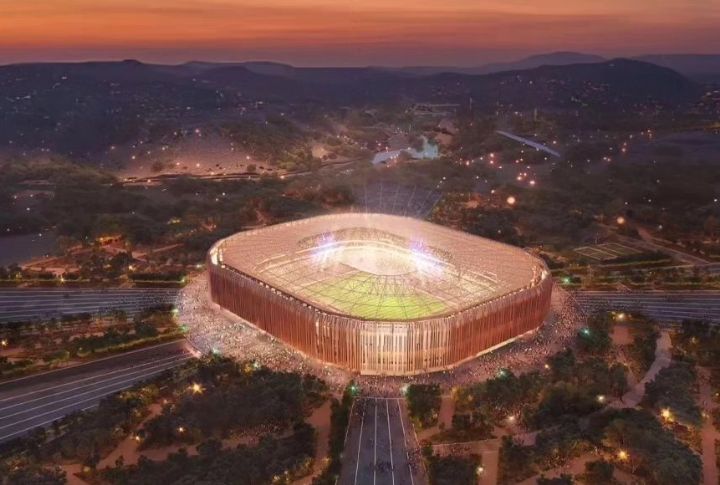
South Riyadh Stadium is setting the bar high for combining modern tech with traditional charm. Slated to hold over 45,000 fans, this stadium is not just about big games and loud cheers. It’s also part of the Green Riyadh project, situated in southwest Riyadh.
King Abdullah Sports City Stadium – Jeddah
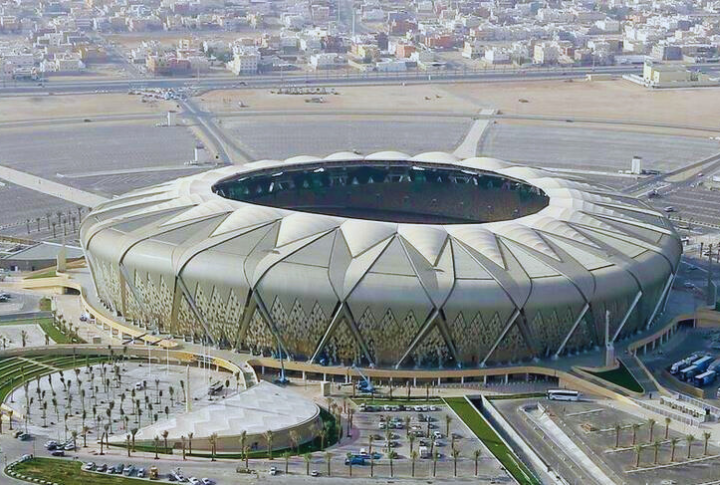
Nicknamed ‘The Shining Jewel,’ this stadium truly lives up to its name. It holds over 62,000 seats and was selected as one of the major venues for the World Cup. Having hosted significant events like the FIFA Club World Cup, it will significantly impact in 2034.
NEOM Stadium – THE LINE
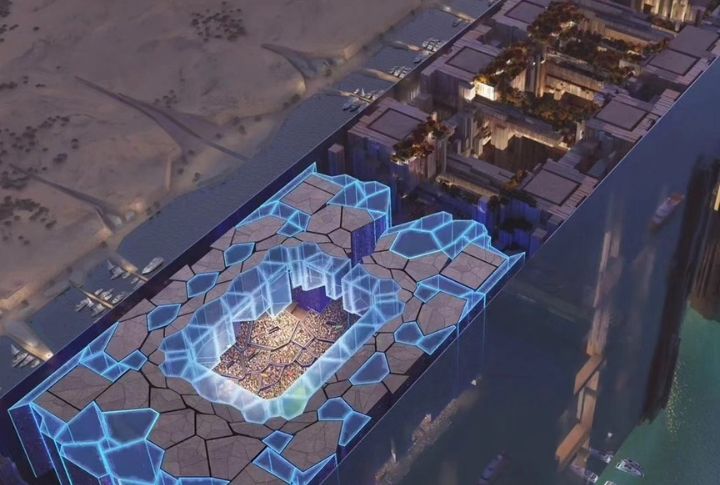
This is the stadium that’s going to steal the show. Set within THE LINE in NEOM, its pitch will be over 350 meters above ground, offering stunning views and a unique experience. With modern technology and a commitment to sustainability, this stadium provides a glimpse into the future of sports venues.
Qiddiya Coast Stadium – Jeddah

Set against the backdrop of the Red Sea, this stadium is all about bringing people together. The undulating forms and vibrant colors draw inspiration from the ripple effect of a Mexican wave. After the World Cup, the stadium will transform into a multi-purpose entertainment venue.
Jeddah Central Development Stadium – Jeddah
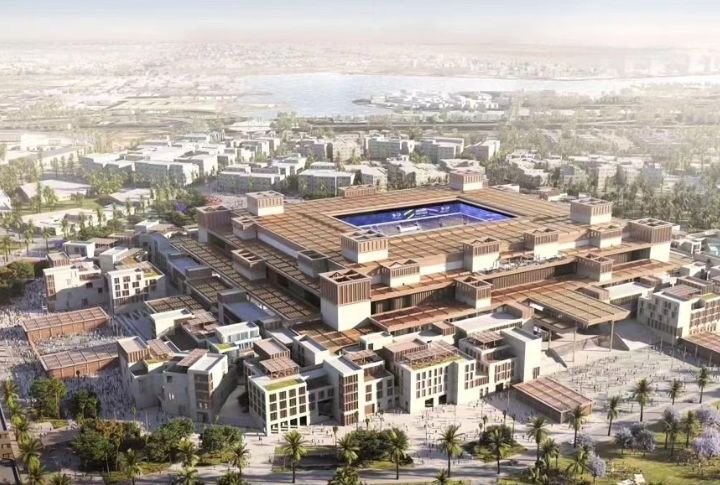
The Jeddah Central Development Stadium combines the traditional charm of Al Balad architecture with modern technological advancements. This design includes a semi-translucent roof that allows natural light to filter in, creating a bright and open feel A 360° LED screen wraps around the stadium.
Prince Faisal bin Fahad Sports City Stadium – Riyadh
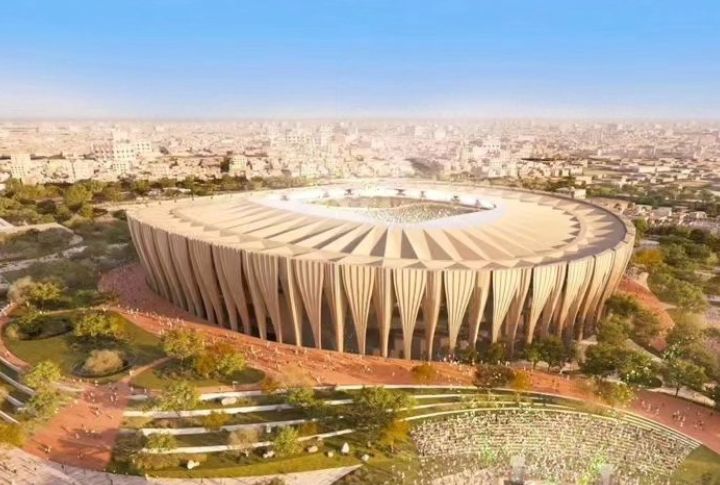
As a celebration of Saudi heritage and modern design, this stadium is set to open in 2027. Drawing inspiration from Salmani architecture, it incorporates locally sourced and eco-friendly materials and will be seamlessly connected to Riyadh’s metro and bus networks.
New Murabba Stadium – Riyadh

Slated to open in 2032, the New Murabba Stadium is designed with inspiration drawn from the bark of native trees. Its entrances are highlighted by illuminated cracks, which add a distinctive touch to the stadium’s nature-themed design. The stadium aims to accommodate over 45,000 people.
Aramco Stadium – Al Khobar
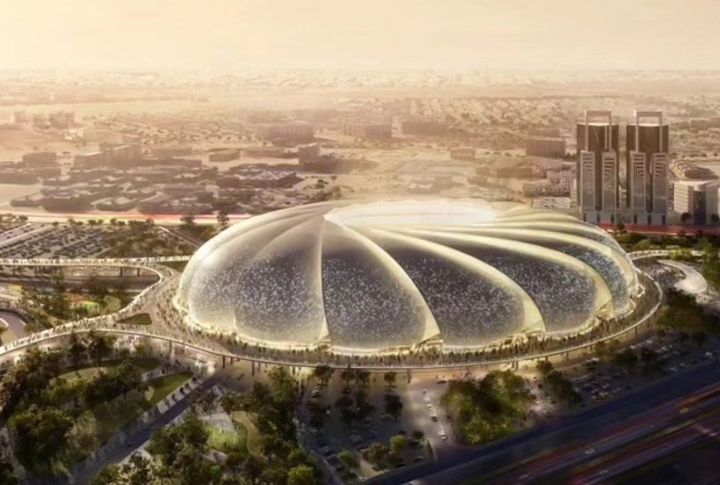
The 45,000-seat Aramco Stadium is poised to be a standout venue for the AFC and FIFA World Cups in 2027 and 2034. Its location near the Corniche positions it as a central part of a broader plan to sustain excitement beyond the events.
King Khalid University Stadium – Abha
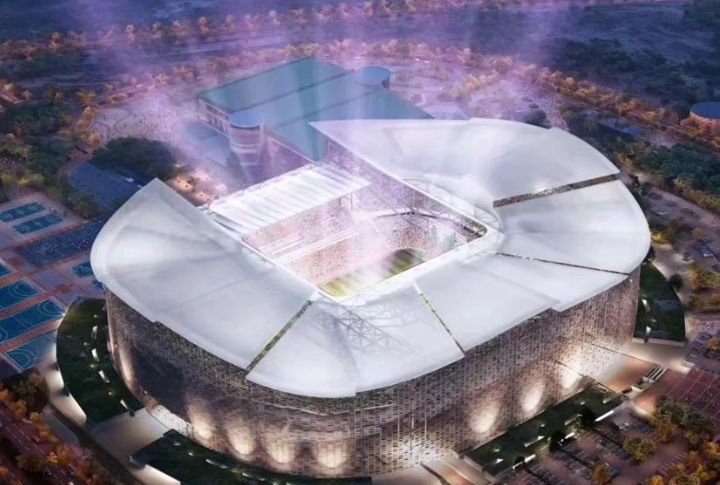
Abha’s stunning scenery sets the mood for this stadium, whose capacity will be expanded to 45,000 seats. This stadium preserves history while embracing the future. After the World Cup, it will continue to be the go-to spot for professional football and community events.
King Salman International Stadium – Riyadh
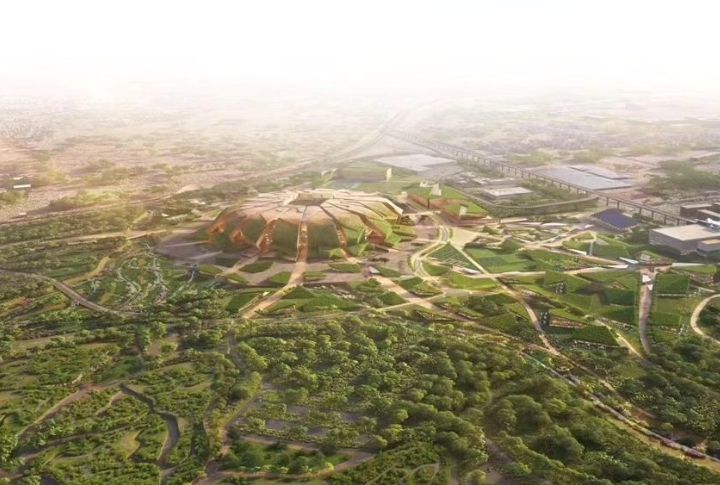
This stadium will be the crown jewel of Saudi Arabia’s World Cup, hosting both the opening and grand finals. The massive 92,000-seat arena is designed to impress right from the moment you step inside. It also doubles as the country’s official national stadium.
King Abdullah Economic City Stadium – Jeddah
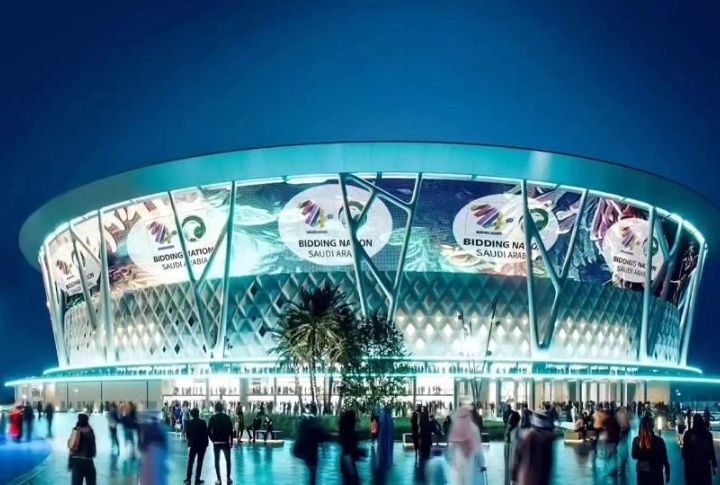
Inspired by the vibrant coral reefs of the Red Sea, it is all about harmony with nature. Its design is both versatile and organic, seamlessly blending into the surrounding environment. Notably, the stadium is part of a larger development to foster economic growth and community connectivity.
King Saud University Stadium – Riyadh
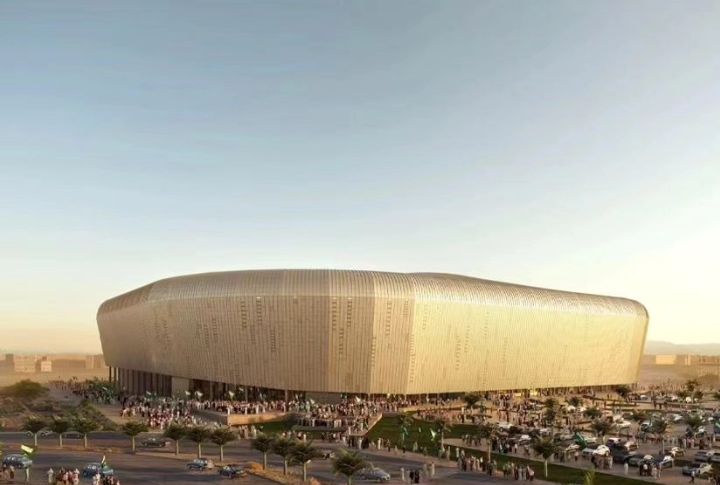
King Saud University Stadium may have about 27,000 seats, but it’s known for its lively atmosphere. During the World Cup, the stadium will temporarily expand to 46,000 seats to create an exciting and close-knit game-day experience.
King Fahd Sports City Stadium – Riyadh
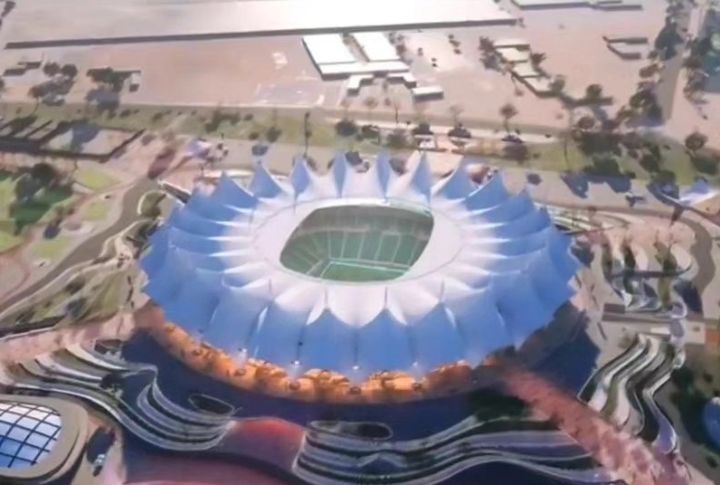
The stadium combines traditional design and modern features. The King Fahd Sports City Stadium, featuring a tent-inspired tensile roof, serves as the home of Saudi Arabia’s national team. Renovations are currently underway, and the seating capacity will soon exceed 70,000.
